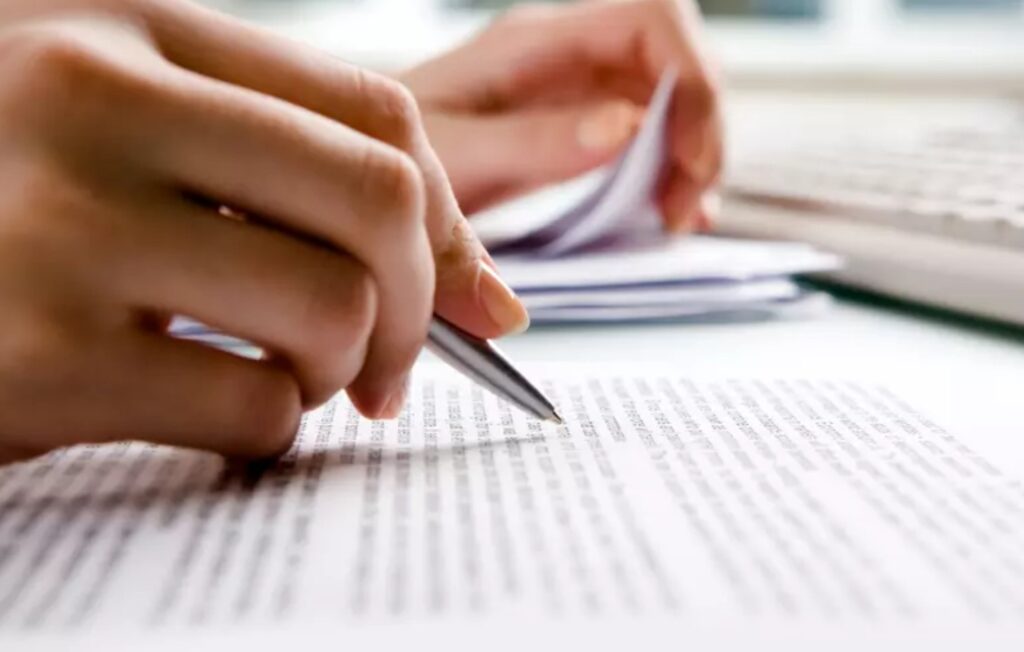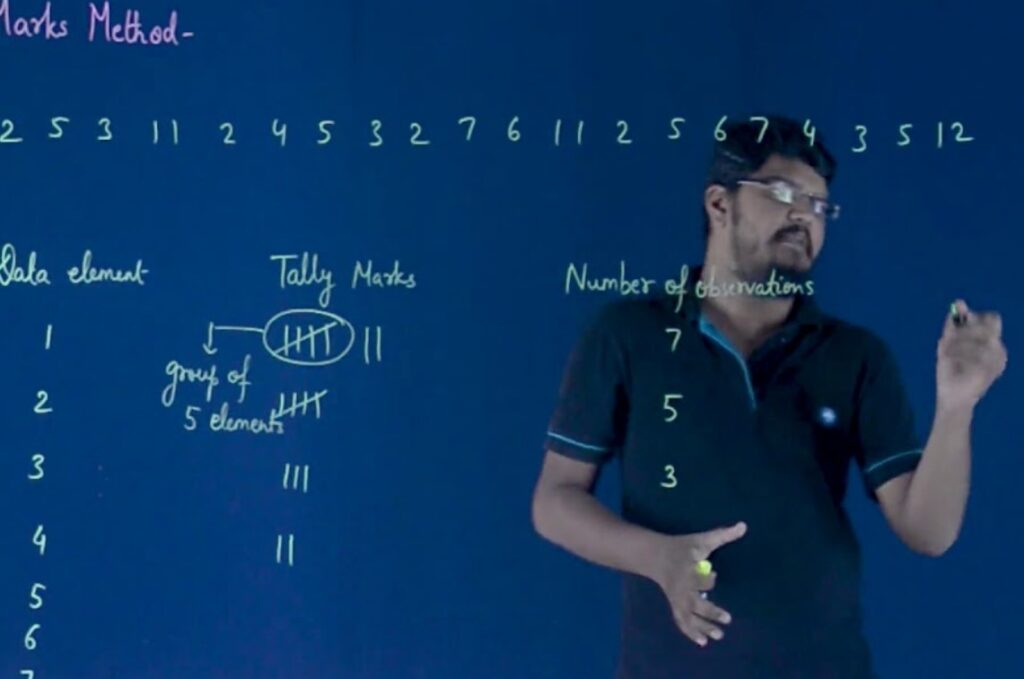A skill that will come in handy when studying and preparing for exams.
Your literature exam is coming up, and you’re stuck with poetry, retellings, and quotations?
How do you quickly and easily learn a text by heart so you can use word-for-word quotations in your essays and arguments without problems? Several effective techniques will make it a lot easier!
Methods of memorizing text
The first step to success is to choose the most effective method of memorizing information for you personally. At this stage, you need to know the basic classification of techniques: mechanical, rational, and associative (or mnemonic). The most advantageous option for you depends on your type of perception of information.
Are you a visual person and good at remembering images? Try to build associations. Is it more convenient and easier for you to perceive texts aloud? Then use audio records during your studies. For those who care about tactility, the mechanical method of rewriting will do, and for those who like diagrams, blocks, tables, and ordering information, it is better to pay attention to the rational method of making a plan. These are great perception methods for example for student lectures that you can use to better understand the topic. Thus, this approach can help you do your homework without turning to the essay assistant.
Top 5 ways to learn text fast
1. Rewriting

A method of memorization that engages visual and motor memory. Use it if it is easier and faster for you to absorb information through the visual perception channel.
- Divide a long text into parts that are easy to remember – about two or three paragraphs. Short text can be divided into parts consisting of several sentences or one paragraph.
- Each part of the text is rewritten by hand several times. Rewrite the parts separately: first two or three times the first part, then the same number of times the second part.
- Take a marker or a paper correction pen and cross out individual sentences of your choice in the rewritten text, and then try to reproduce them in writing from memory as well.
- Repeat until you can rewrite all or part of a paragraph from memory, then move on to the next one.
- In the end, connect all the parts of the text and retell them from memory.
2. Making a Plan

This method is convenient when you want to retell the text without losing the meaning, preserving the structure and logical connections within it. So you will not only memorize the text but also learn to quickly understand the meaning of what is written and identify the main ideas.
- Reread the text several times. If it contains unfamiliar, incomprehensible, or difficult words, write them down separately, learn their meaning and memorize them.
- Divide the text into meaningful parts. Usually, they coincide with the division into paragraphs. If the text does not contain paragraphs, separate the meaningful parts of the text.
- Title each part.
- Make a detailed plan of the text. This will consist of the headings you have given to each part and short talking points.
- Retell the text, adhering to the plan. If necessary, look at the text and repeat the retelling until you can reproduce it as accurately and thoroughly as possible. If necessary, add new headings or talking points to your plan.
3. Using Audio Recording

This memorization technique combines two methods – listening and reading text. It is convenient to use if you are better at memorizing information by ear. This technique is effective for memorizing texts in a foreign language. It not only helps to memorize the information but also improves your pronunciation and develops the skill of understanding foreign words by ear.
- Reread the text several times and write down any new, unfamiliar words as in the previous technique.
- Turn on the audio recording of the text and listen to it several times, simultaneously following the text on paper or monitor screen with your eyes.
- For convenience, the text can be divided into parts and listened to each in turn, simultaneously reading the sentences with your eyes.
- In the next step, stop playback after each sentence and repeat it aloud.
- Listen to the audio recording of the text several times during the day while doing other things.
- Retell the content of the text aloud in parts.
4. Pictograph Method

This technique involves associative and visual memory. It is suitable for people with a good imagination and a well-developed visual perception channel.
- Read the text.
- Break the text into parts of several sentences or paragraphs. If you need to memorize a long text, work on each section separately, then move on to the next.
- Reproduce each sentence of text as a drawing or a picture. Keep the picture simple, without too much detail, but it will convey the exact meaning of the sentences. As you draw, use the associations that arise.
- Retell the text from memory, putting the resulting chain of drawings in front of you.
A similar method is a mind map using drawings or images. The difference is that in creating a mind map, the pictures are not arranged one by one, like sentences in a text, but are grouped around a central image reflecting the main idea of the text.
A humorous way to memorize is with the help of emoji. Try retelling what you’ve written with a set of emoji on your smartphone, and then playback the text while looking at the resulting “story in pictures”.
5. Complex method

It is based on a combination of different techniques. The method activates different types of memory: visual, auditory, and motor. Use it if the previous techniques didn’t suit you or if you like a creative approach and alternation of different techniques.
- Divide a long text into parts of several paragraphs, and a short text into paragraphs or groups of sentences by meaning.
- Make a detailed plan of the text, with headings and a thesis description of the fragment. Writing down theses, try to paraphrase sentences, use synonyms.
- Write out words, phrases, and sentences from the text that convey the main meaning of the text.
- Make a visual association for each supporting word or phrase.
- Listen to the audio version while reading the text with your eyes and mentally reproducing the visual associations.
- Print out the text, cross out some parts of it and repeat them from memory.
- Connect all parts of the text in the correct order and retell it using the supporting words, phrases, and visual associations.









